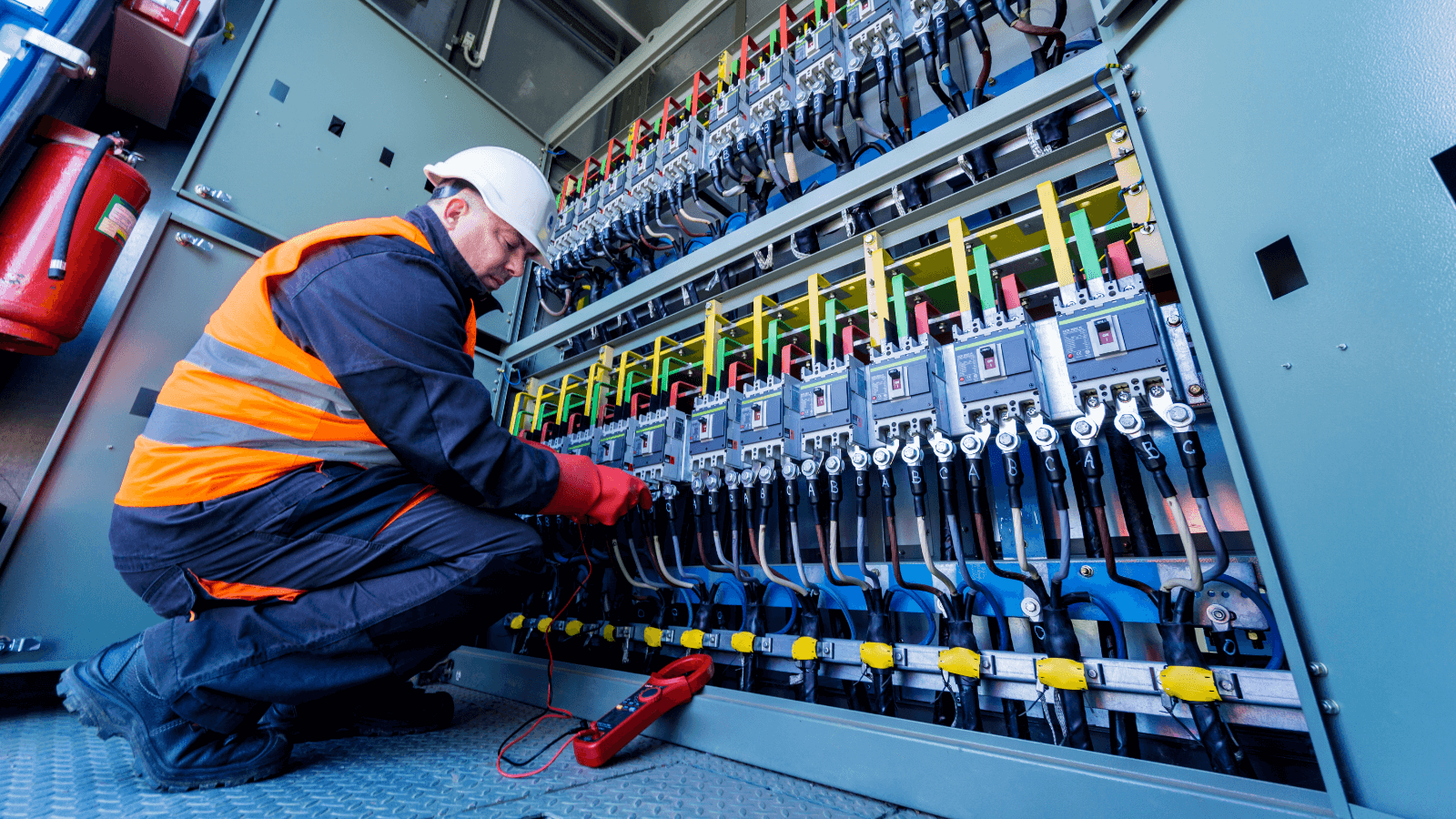Overheating of Switchgear Components and How to Mitigate It

Switchgear components are essential for the safe and reliable operation of power distribution systems. However, like any electrical equipment, they can be susceptible to overheating. This not only leads to equipment failure and downtime but also poses safety hazards. Therefore, it’s crucial to maintain proper temperature control for switchgear components. Lets understand common causes of switchgear overheating and some practical tips and advanced solutions for mitigating it.
Common Causes of Switchgear Overheating
Overheating of switchgear components can occur due to various reasons, including:
Overloaded circuits: When the electrical load on a switchgear component exceeds its rated capacity, it generates excess heat, leading to overheating.
Poor ventilation: Switchgear components require adequate ventilation to dissipate the heat they generate. Poor ventilation can cause the heat to build up, resulting in overheating.
High ambient temperatures: When the ambient temperature exceeds the switchgear component’s rated temperature, it can lead to overheating.
Inadequate maintenance: Dirty and corroded contacts, worn-out insulation, and loose connections can all cause increased resistance and heat generation, leading to overheating.
Best Practices for Mitigating Switchgear Overheating
To mitigate switchgear overheating, the following best practices should be followed:
Regular inspection and maintenance: Switchgear components should be inspected and maintained regularly to detect any signs of overheating early on.
Proper ventilation: Adequate ventilation is crucial to dissipate the heat generated by switchgear components. The ventilation system should be designed and installed to meet the switchgear manufacturer’s recommendations.
Thermal imaging: Thermal imaging can be used to detect hot spots in switchgear components, enabling early detection and mitigation of overheating.
Load management: Electrical loads should be managed to ensure that they don’t exceed the switchgear component’s rated capacity.
Advanced Solutions for Switchgear Temperature Control
In addition to the best practices mentioned above, the following advanced solutions can be used for switchgear temperature control:
Active cooling systems: Active cooling systems, such as air conditioning and liquid cooling, can be used to cool switchgear components and maintain their temperature within the rated range.
Intelligent temperature monitoring: Intelligent temperature monitoring systems can be used to continuously monitor switchgear components’ temperature and adjust the cooling system as required.
Automated load shedding: Automated load shedding systems can be used to shed excess electrical loads automatically, preventing switchgear components from overheating.
Use Cases
To illustrate the practical applications of the solutions discussed above, let’s look at a few use cases:
- A switchgear component at a manufacturing plant was consistently overheating due to high ambient temperatures. To mitigate this, the plant installed an active cooling system that maintained the component’s temperature within the rated range.
- A thermal imaging survey detected hot spots in a switchgear component at a data center. The hot spots were caused by overloaded circuits. To prevent overheating, the data center implemented load shedding, shedding excess loads automatically to keep the switchgear component within its rated capacity.
Moving Forward
As technology advances, new solutions and innovations for switchgear temperature control are emerging. These include:
Advanced sensors: Advanced sensors can provide more accurate temperature readings, enabling better temperature control and more efficient cooling.
Artificial intelligence: Artificial intelligence can be used to predict when switchgear components are likely to overheat, enabling proactive mitigation.
Renewable energy sources: As more renewable energy sources, such as solar and wind, are integrated into power distribution systems, switchgear temperature control will become even more critical to ensure safe and reliable operation.
Overheating of switchgear components can lead to equipment failure, downtime, and safety hazards. Hence it’s important to identify the common causes of overheating and implement best practices. For all your switchgear supplies you can get in touch with us. Moglix, has the most comprehensive range of switchgear supplies and our pan india network of partners and warehouses ensure no place is remote for us to reach. Know more.
